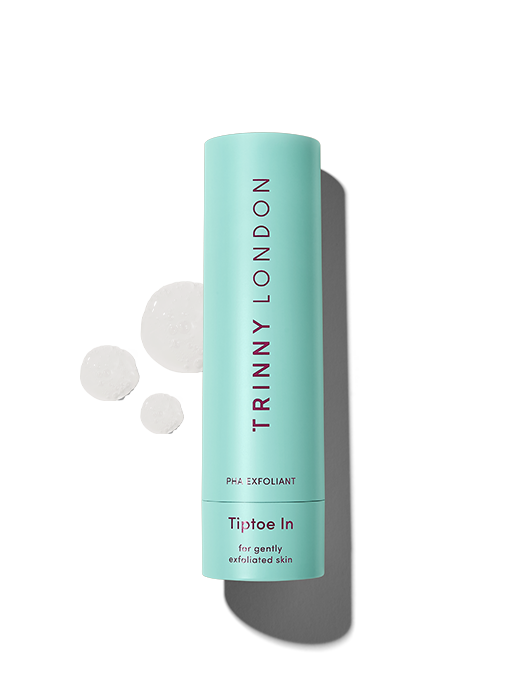
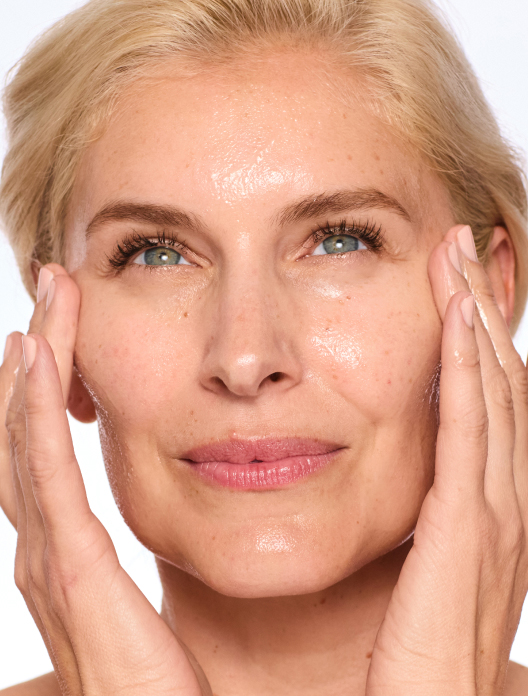
Tiptoe In
Kind-to-skin exfoliant for radiant skin, suitable for all skin types

Before we answer the question of how you exfoliate, let’s first explore the why. Our skin is constantly busy behind the scenes, and one of the many things it’s doing is making new skin cells, which make the older cells, that are no longer needed, redundant. This process happens naturally, but as we age the rate at which it does so slows, with skin holding onto those unwanted cells for longer. It becomes a little bit prone to hoarding, which can be reflected in uneven skin tone and lack of radiance. What exfoliation does is essentially help and hurry the process along by sloughing away those skin cells. Think of it a little like an enforced wardrobe clearout, which your skin looks and feels better for.
There’s not just one way to exfoliate, but three key methods. They are physical exfoliation (also sometimes called manual exfoliation), chemical exfoliation and enzyme exfoliation. Physical exfoliation involves anything that physically buffs away the dead skin cells, and includes things like scrubs, muslin cloths and body brushing. Chemical exfoliation lets ingredients like alpha, beta and poly-hydroxy acids do the work for you, breaking down the bonds that hold these cells to the surface. Enzyme exfoliation is very similar to chemical, but slower and gentler.
“At home, I would always fully cleanse and then exfoliate,” advises Skin Expert and Pro Facialist Fiona Brackenbury. “The reason is that you need to get rid of all that daily dirt, grime and pollution before you exfoliate.” If you don’t whisk this out of the way first, you run the risk of smooshing this unappealing daily cocktail into your skin through the process of exfoliation, which can cause irritation. Cleansing can also kick-start exfoliation too. “If you’re cleansing with a cloth, you’ll start to gently lift those cells so that when you go to exfoliate you’ll get a much better result,” adds Fiona.
Beauty rules are, of course, often made to be bent, and an expert facialist tip is to sandwich your exfoliation in between two cleanses. “As a facialist, we could cleanse, exfoliate and then cleanse again,” says Fiona. “Your first cleanse would get rid of your daily dirt, then you would exfoliate to get the dead skin cells out of the way, before cleansing again for an even deeper cleanse. This is an intensive, weekly treatment though, and not something you’d do every day.” Consider potentially introducing it as part of your Sunday beauty ritual, when you’ve got more time to spend on your routine.
Not sure whether to slot exfoliation into your AM or PM routine? It all depends on the method you’re using. “If you’re using a physical exfoliant then you could use it whenever you want – morning, noon or night,” says Fiona. Although crucially not all three times of day. “But, if you’re using exfoliating acids it’s a little bit more tricky as you need to really be aware of your skin, lifestyle and how good you are with your SPF. Alpha-hydroxy acids are better at night time because they’re exfoliating at a deeper level that brings an increased risk of sun sensitivity. If you do it at night, your skin has a whole eight hours to reset itself, and then you can put your SPF on to protect your skin in the morning.” Poly-hydroxy acids, which don’t penetrate as deeply as AHAs, and also beta-hydroxy acids, can be used in the morning, as long as they don’t also have AHAs within the formulation.
Exfoliant in your hand and no clue how to use it? Allow us to bring you up to speed.
Using a cleanser that contains exfoliating enzymes is a great entry point to the wonderful world of exfoliation. They nibble away at the bonds that hold onto dead skin cells, and, as they’re in a cleanser, will be swiftly rinsed off, allowing them to give you that flash of glow without the commitment to a dedicated exfoliant. Depending on the usage guidance, apply to either damp or dry skin, massage in and use water to rinse away.
A muslin cloth is a smart way to take your cleansing routine to the next level by allowing you to really work into the skin. It’s especially helpful around the nooks and crannies of your face (sides of the nose, around the eyes) letting you give these areas a really good cleanse. Apply your cleanser, then dampen your cloth with warm (not hot) water. For a real treat, lay it over your face to warm the skin, before returning it to the tap and using it to massage grime away from the skin in circular motions. Rinse skin and your cloth, before using a clean towel to pat your skin dry.
Scrubs are a very satisfying way of exfoliating. Just be wary of pressing too hard, or using a product where the particles are sharp, as these can scratch at the skin. Apply to clean, damp skin and take the time to really massage it in, focusing on any areas of congestion or build up. Whisk away with either splashes of water or the help of a muslin cloth.
First things first, decipher which liquid exfoliant is right for you, your skin type and your skin goals. Poly-hydroxy acids are great for beginners or those with sensitive skin, focusing more on the top layers of skin. Oil-soluble beta-hydroxy acids like salicylic acid are great for breakout-prone complexions, as they work on preventing dead skin cells from creating blockages that lead to blemishes. If your skin is normal to dry, and you’re an experienced acid user, try alpha-hydroxy acids to reveal your hidden radiance. At Trinny London, our liquid exfoliants don’t need to be washed off, rather smoothed onto clean skin with your fingertips and left to work their magic.
Shop the article


Kind-to-skin exfoliant for radiant skin, suitable for all skin types
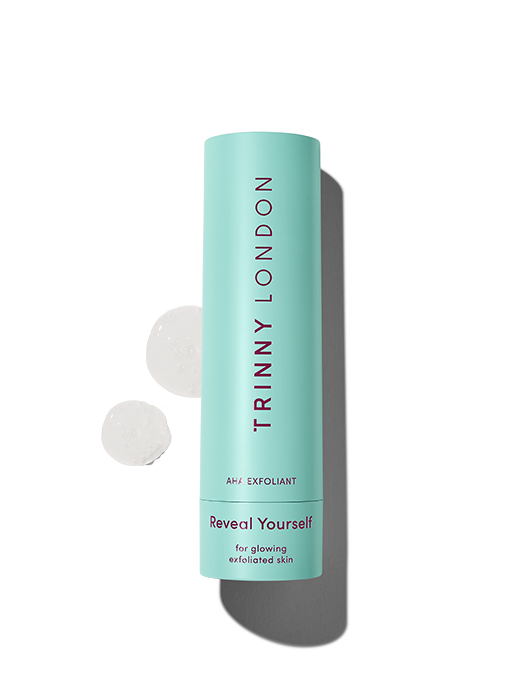

Highly active exfoliant for glowing skin, suitable for all skin types except sensitive
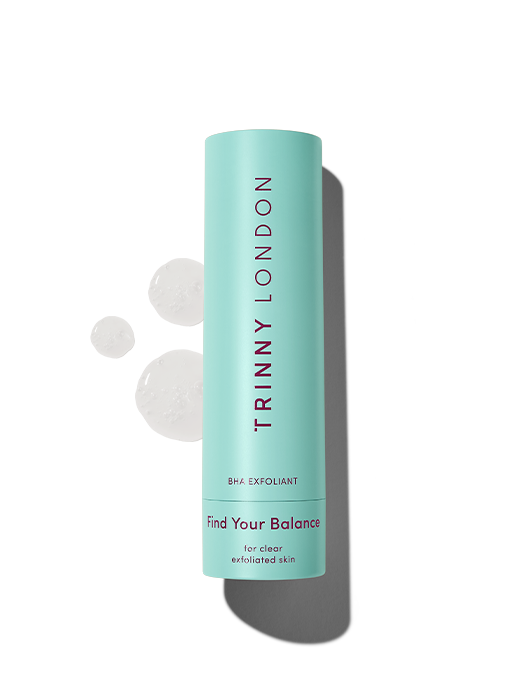
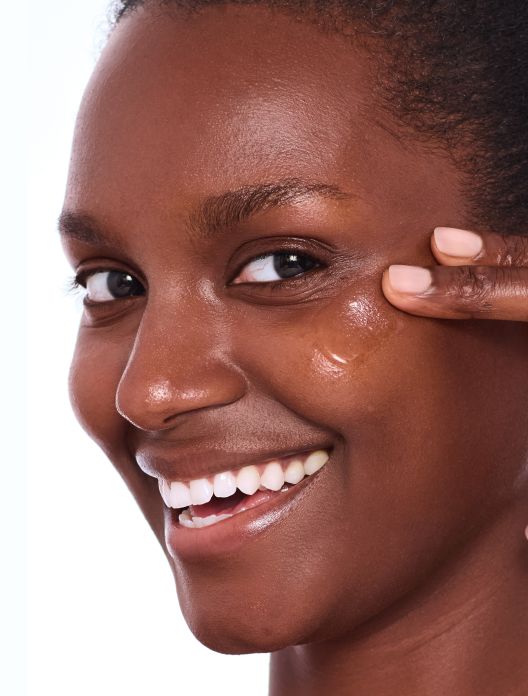
Clarifying complex to tackle blemishes